25 pop tips
MusicRadar's blueprint for chart-topping success
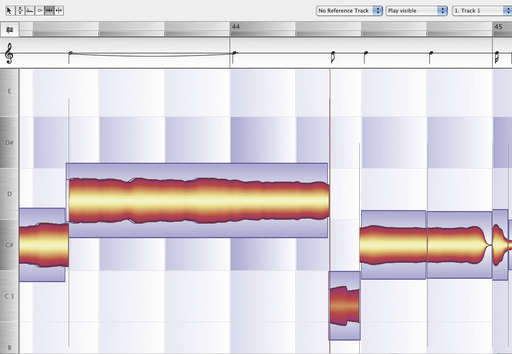
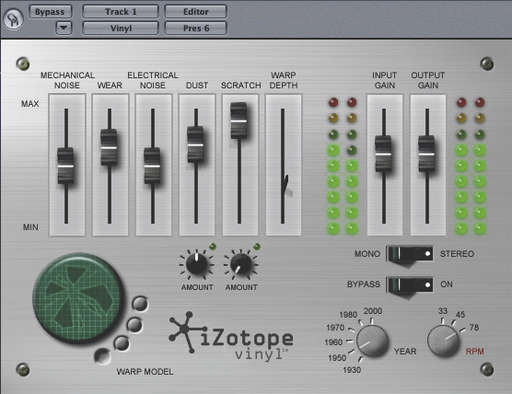


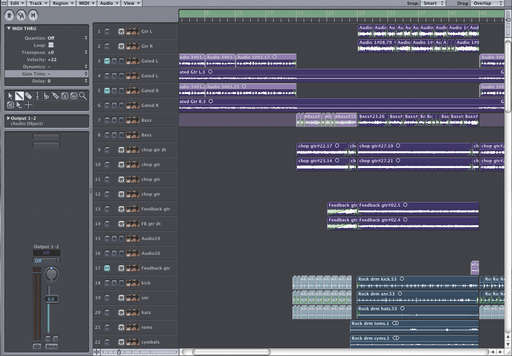
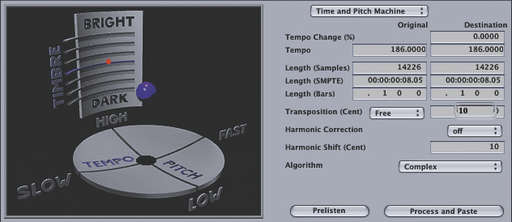
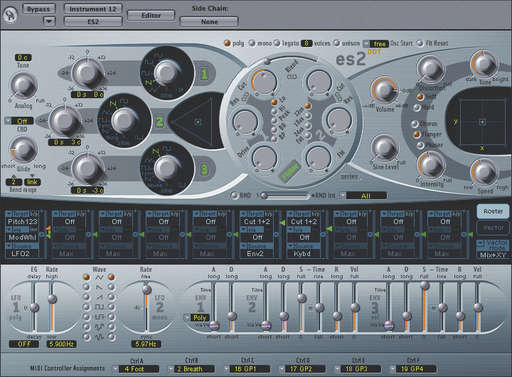
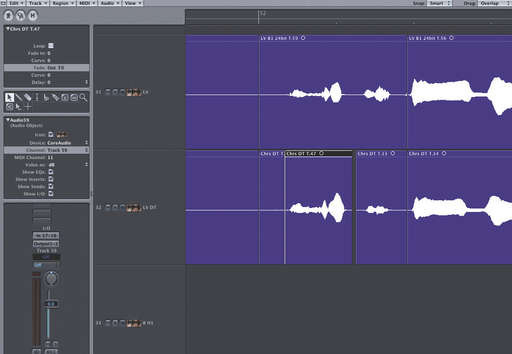
Click here for all 'Production tips in every style' lessons
1. Make no mistake, whether you're producing Christina, Coldplay or Lil' Chris, the unwritten rules of pop will always apply. Any track aiming for mainstream airtime depends on its ability to grab and retain someone's attention, but relies equally on its ability to not outstay its welcome. Whatever stage of production you're at, be sure to keep in mind the structure of the piece: where the peaks are, where the space is and how the track feels from beginning to end.
2. Pop is always open to gimmicks, so keep an eye on the latest plug-ins and use or abuse them in creative ways.
3. Where a musician may be concerned with the notes played, a producer also needs to be concerned with how they sound. Big pop hits often succeed because certain individual sounds are excellent, even if other, lesser parts aren't. For the important musical parts, put time into sourcing the right sounds, then you can confidently turn them up loud and proud.
4. Radio DJs love to talk over the beginning of tracks, but that doesn't mean you can ignore the intro. In fact, for pop, the opposite is true. Get the intro right and you'll make the track instantly recognisable, whether its being broadcast nationally or being played down the local disco.
5. Some people consider the fade out a cop out, but it actually serves a useful purpose in pop, making the track sound like it goes on forever, hopefully encouraging the listener to play it again. Even so, getting the fade just right can come down to trial and error. With that in mind, try automating a master fader and writing the automation in real time. This way, you'll be trusting your ears rather than your eyes.
6. Even though stereo has been around for ages, panning fashions have changed over the years. For pop, the most common technique is to hard-pan double-tracked elements and use this to delineate sections (say, verse and chorus). Things that lend themselves to this technique are vocals (both lead and backing) and guitars.
Want all the hottest music and gear news, reviews, deals, features and more, direct to your inbox? Sign up here.
7. Although the vocals are typically the focal point of a track, all pop relies on other hooks. These may be anything from sound effects to full-on instrumental sections. Either way, be careful not to overlook the importance of the instrumental hook. If the song doesn't have one, look to rework parts of the melody into instrumental form.
8. With pop more than any other genre, mono compatibility is very important, as it's not at all uncommon for pop songs to be listened to on very crude speaker systems. Always make sure you know how your track sounds in mono to avoid your track falling apart in such a situation. If your DAW doesn't have a mono button on the master channel, you can use an effect such as dfx Monomaker on your master channel to 'monofy' your mix.
9. Pop tracks can often sound deceptively simple, but try and recreate one and you'll find that there's much more going on than you realise. There are various ways you can fill out a track, from subtle delays and reverbs to programmed pads and textures. But to avoid the track becoming too messy, concentrate on finding space for lots of small, specific parts, rather than piling on lots of competing or overlapping textures.
10. To create a solid sound, it's often better to layer a few sounds together rather than trying to process one. This works best if the elements you layer are playing the very same part, and it's a technique that works as well with vocals as with instruments. For real rhythmic impact, try getting the bass and kick to match the other parts too.
Vocals and hooks
11. The production of a pop track's vocals can often take much longer than the backing track. Use double and triple tracks to build up the sound, and panning to create width. However, the more layers you add, the more time you'll need to spend keeping everything in time. Pay particular attention to consonants and esses, aligning them with the main lead. Alternatively, make use of some software trickery with VocAlign or Melodyne.
12. A perennial vocal trick for pop production is the spot delay or 'spin'. This involves picking a word or phrase and adding delay to just that bit. It's easily achieved by automating a short delay send at the right moment. As an alternative, set up a separate track with some extreme EQ and copy small phrases across for use as single repeat 'telephone' delays.
13. Tracks mixed solely for radio and TV airplay often have the vocals so loud that the track gets lost. In general, it's worth bearing in mind that for pop listeners, the vocal and instrumental hooks are often the only things they really hear. Keep them upfront, and always do a 'vocal up' mix (with the vocal level boosted), just in case.
14. Although it may have cheesy connotations, the 'key-change' chorus is still alive, well and kicking in pop. Obviously, this needs to be addressed early in the production process, and may not please the artist. With the typical direction being upwards, make sure the vocalist is capable of singing in the higher key before you press on with further production work.
15. Sometimes, using multiple vocal layers isn't enough to hammer home the melody line. In situations like this, double up the melody with another instrument. It needn't be exceptionally loud, but pick an instrument that complements the flow of the vocal style. Try to match the timing as closely as possible to the vocal.
16. With so many software tuning options available, fixing up a below par vocal performance has never been easier. But that doesn't mean you can just slap on a real-time tuning plug-in. Take time to perfect the tuning and timing of the lead vocal line - remember, it's going to be quite loud.
17. Often, when a track becomes very busy, it's difficult to drop in additional melodies without them getting lost in a mush of clashing frequencies. One trick you can use that's stolen from classical composition is to introduce a high-frequency percussive sound, such as glockenspiel or xylophone. A good starting point for synthetic bell sounds is an FM-based synth.
18. With broadcast limiters squashing the life out of your track, it's important to concentrate on two things. Firstly, keep your main beats (ie, the main four beats in a bar) loud, upfront and punchy, so that even under heavy limiting they remain audible. Secondly, be aware that excess sub frequencies will kick any limiter into overdrive, causing the volume of your track to drop. If you don't have sub monitoring, try a frequency analyser plug-in, and compare your mix to some professionally-produced pop tracks.
19. Although live instruments are experiencing a bit of a renaissance at the moment, you'll find that most pop music still makes use of many synthetic sounds. Whether it's a synth electric guitar patch, an artificial string sound, or the use of samples to add punch to a drum kit, combining the real and the processed is all part of pop.
20. In many respects, pop tends to be quite restrictive - single format and with a simple structure, for example. However, in terms of the sounds used, it will happily steal from the latest urban or underground music. Try replacing your standard sounds with some more cutting-edge ones, so that the part stays the same musically but the sound is more contemporary. Pick from a more obscure genre and you might even create a new trend in pop!
21. Double-tracking vocals and instruments gives them a solid feel but sometimes it's not an option. In this situation, you can use some processing instead to achieve a similar effect. Whether it's a harmoniser like Waves Doubler or a simple chorus, if you're after that swirling, processed sound, these are the effects to go for.
Structure and energy
22. To add interest, process a small section of the whole track radically differently. Try 'telephone' EQ, distortion, phasing and filtering. You can use more than one technique per track - it all adds to the 'ear candy' nature of modern pop.
23. Creating and maintaining energy is very important, but you don't want everything to just happen at once. The intro needs some attack, but then drop back and build things through the verse and bridge. If you find the chorus doesn't really arrive in the way you want, consider removing some elements from the section just before, rather than just adding more to the chorus.
24. A good way to imply energy and smooth transitions from one section to the next is to use sounds that bend in pitch. In its simplest form, sweeping white noise can do the job, but look more closely at the instruments at your disposal and you'll find many more options. From guitar and bass slides, to harp and keyboard glissandos, string runs or simply some more vocals (yes, more vocals!), that 'takeoff' effect can work wonders.
25. Modern pop music tends to be quite unadventurous in its structure, relying far less on structural interest than in the past and far more on sonic interest. Bear this in mind if you're presented with a track that includes too many 2/4 bars, linking sections or just seems unfocused generally. Try to establish which sections repeat, and work with the writer or artist to create a three- or fourminute gem, rather than a six-minute epic.
MusicRadar is the number one website for music-makers of all kinds, be they guitarists, drummers, keyboard players, DJs or producers...
- GEAR: We help musicians find the best gear with top-ranking gear round-ups and high-quality, authoritative reviews by a wide team of highly experienced experts.
- TIPS: We also provide tuition, from bite-sized tips to advanced work-outs and guidance from recognised musicians and stars.
- STARS: We talk to musicians and stars about their creative processes, and the nuts and bolts of their gear and technique. We give fans an insight into the craft of music-making that no other music website can.
